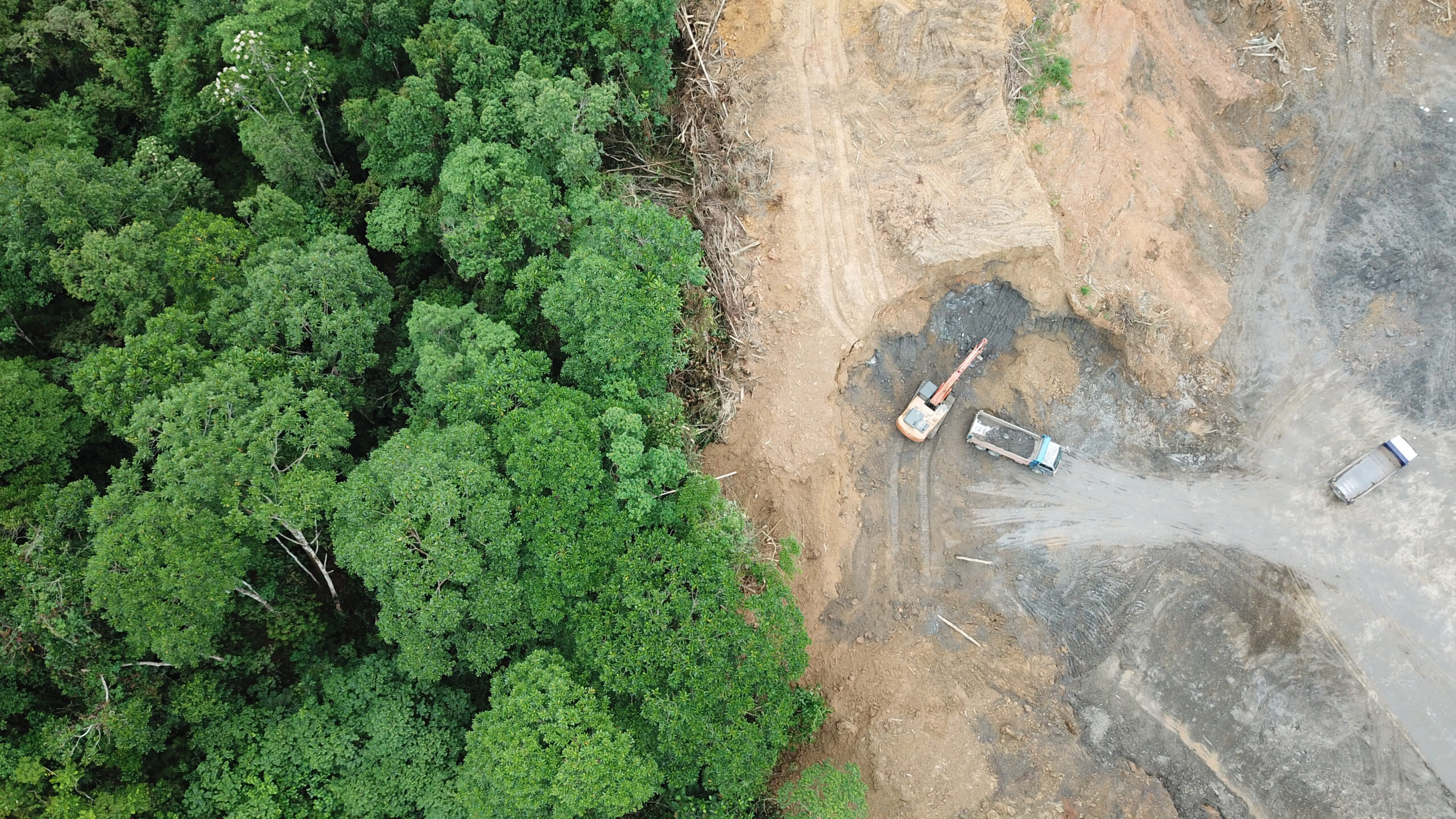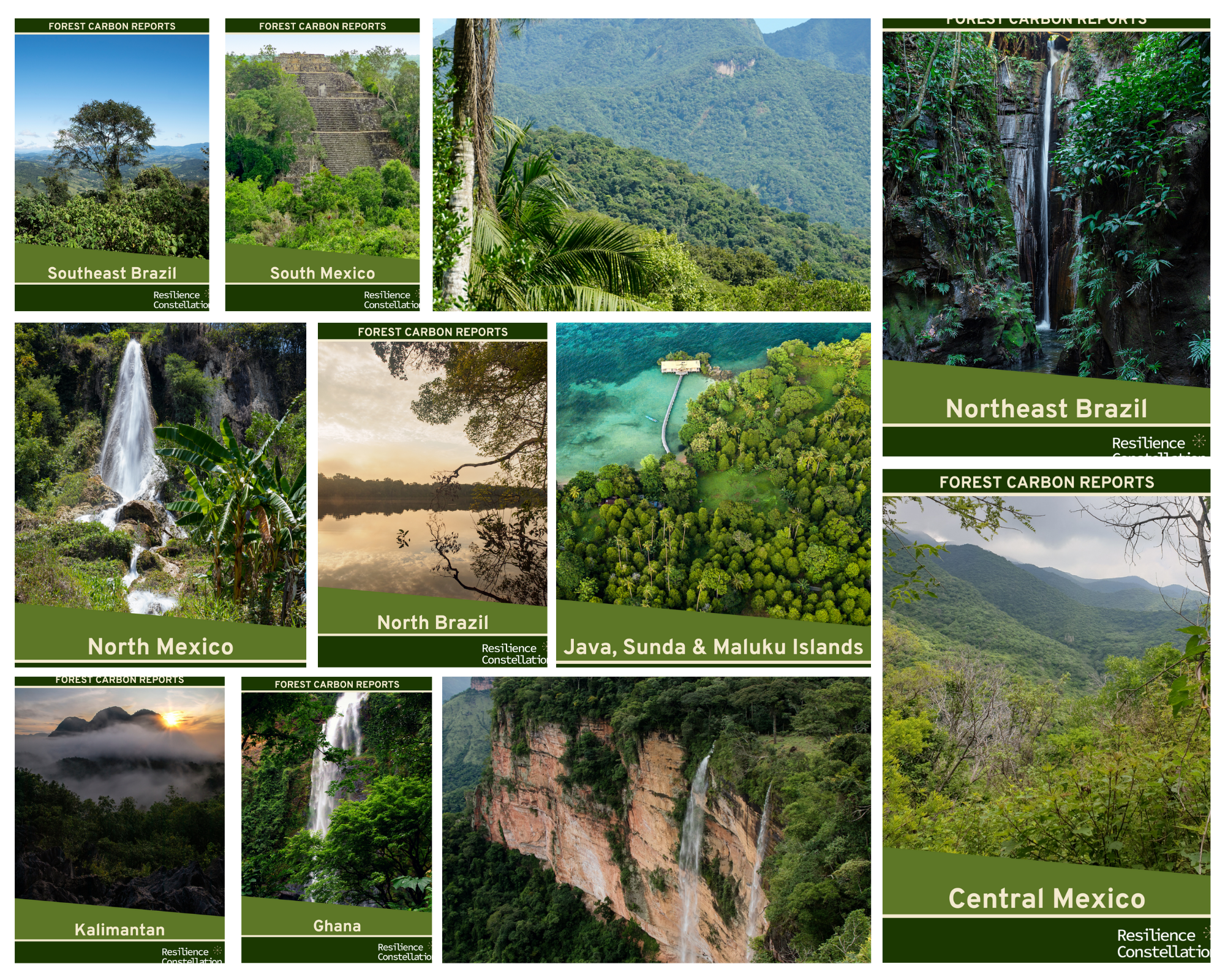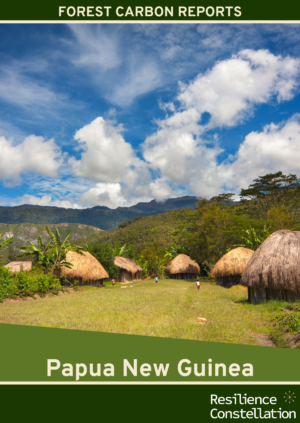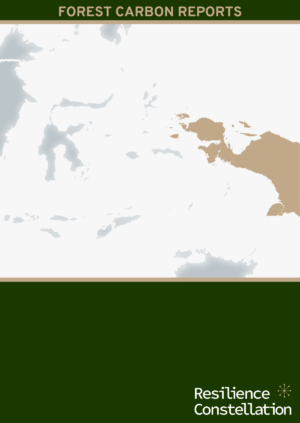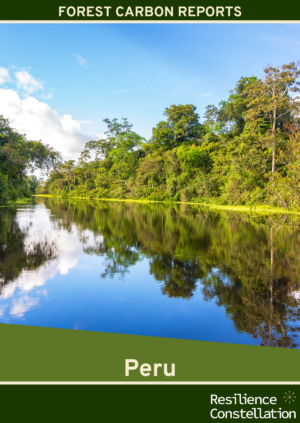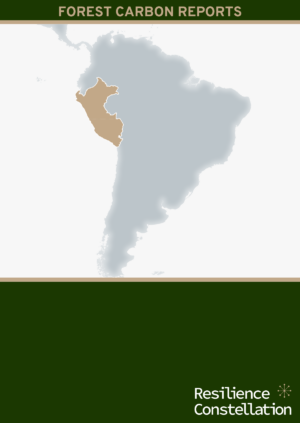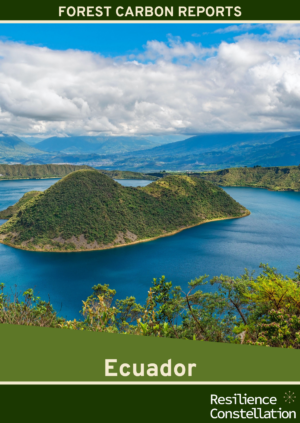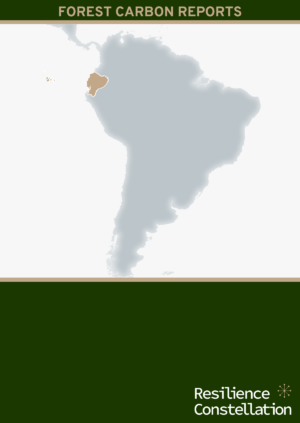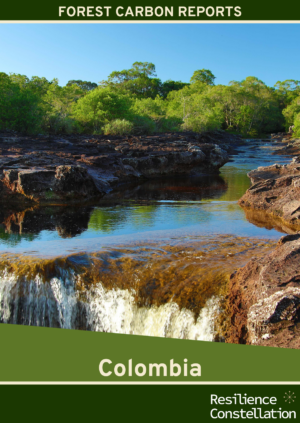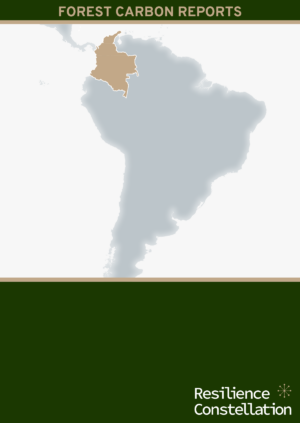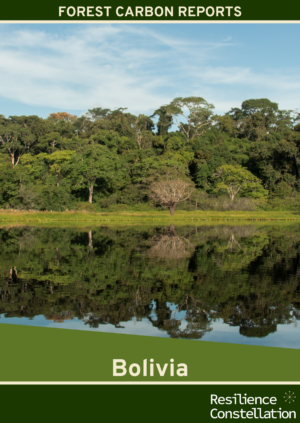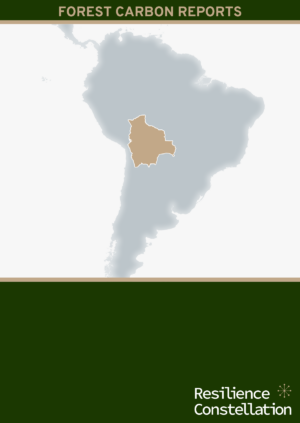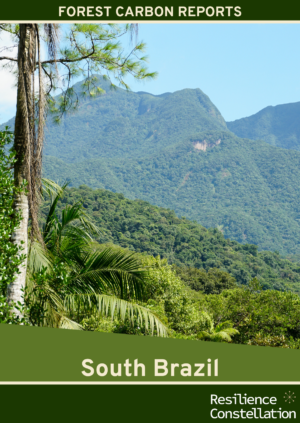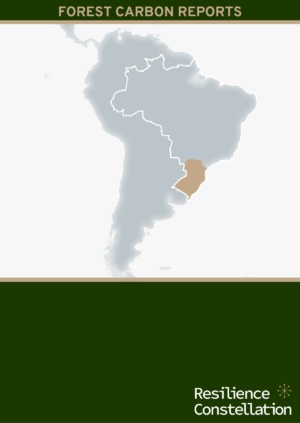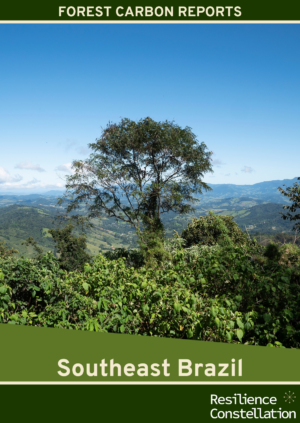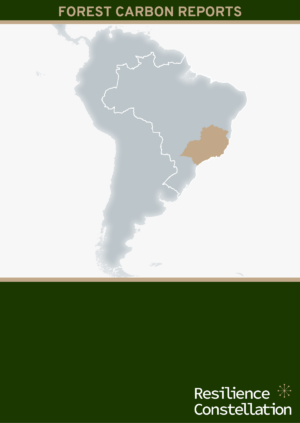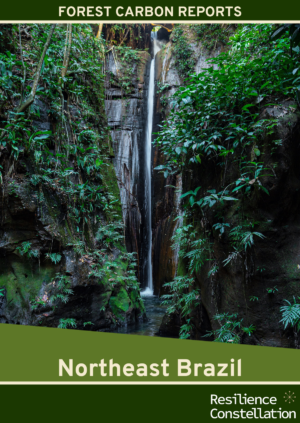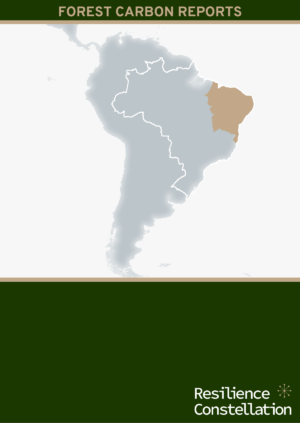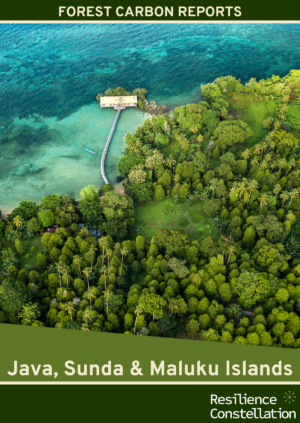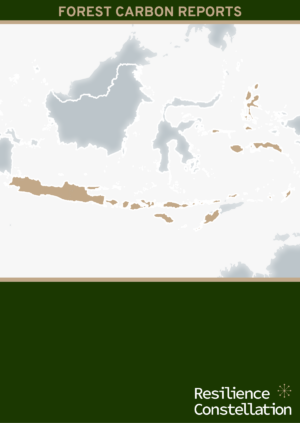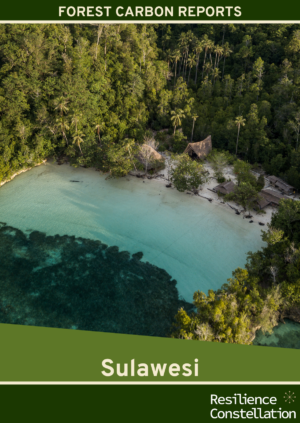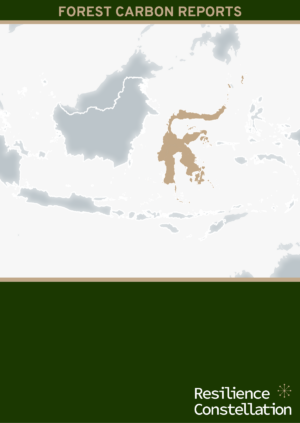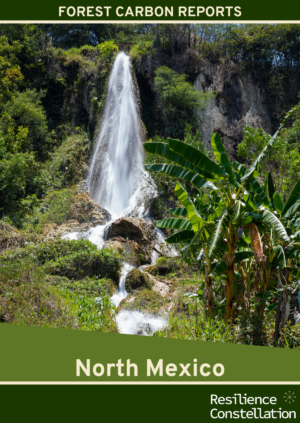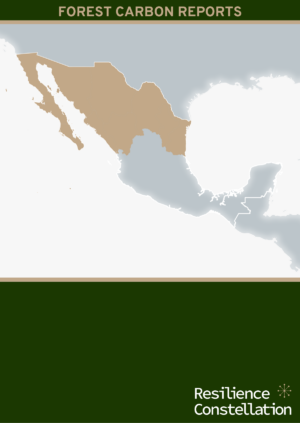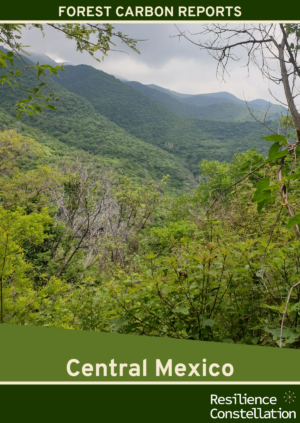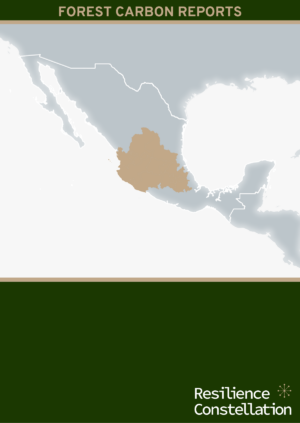Forest Permanence, a climate resilience priority
The removal of carbon dioxide from the atmosphere through the restoration of forests and the prevention of emissions by conserving forests at risk of deforestation and degradation are among the most important actions required to mitigate the severity of climate change.
Tropical forests are at the forefront of concerns: carbon emissions from tropical deforestation and forest degradation are of similar magnitude to fossil fuel emission from the whole of Europe. Removals of carbon from the atmosphere into terrestrial ecosystems that have been degraded over the past 50 years could be a win-win for biodiversity and the climate.
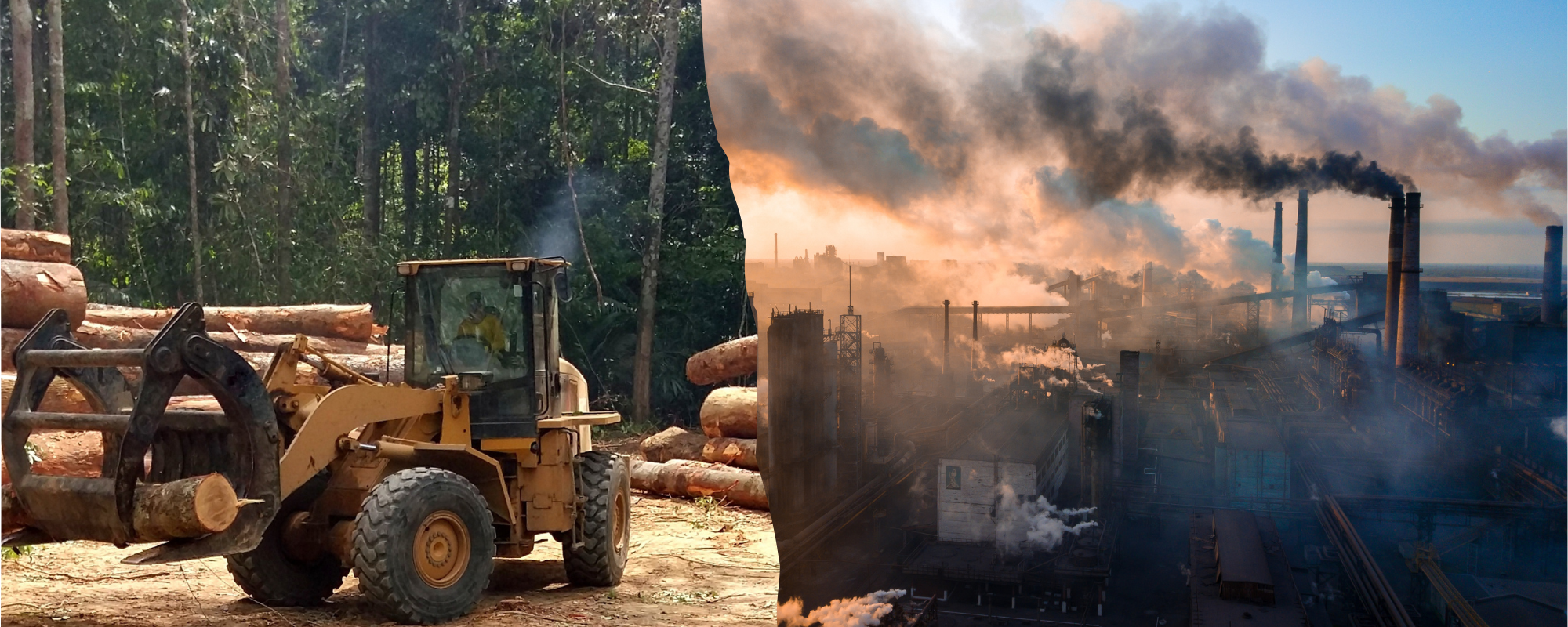
carbon emissions from tropical deforestation and forest degradation are of similar magnitude to fossil fuel emission from the whole of Europe
The Trouble with Forest Permanence…
There can be no climate stabilisation without effective protection and restoration of tropical forests.
However, questions about the permanence, durability or resilience of stocks of carbon held in terrestrial vegetation has been one of the factors that have hindered decisions around the financing of forest protection and restoration.
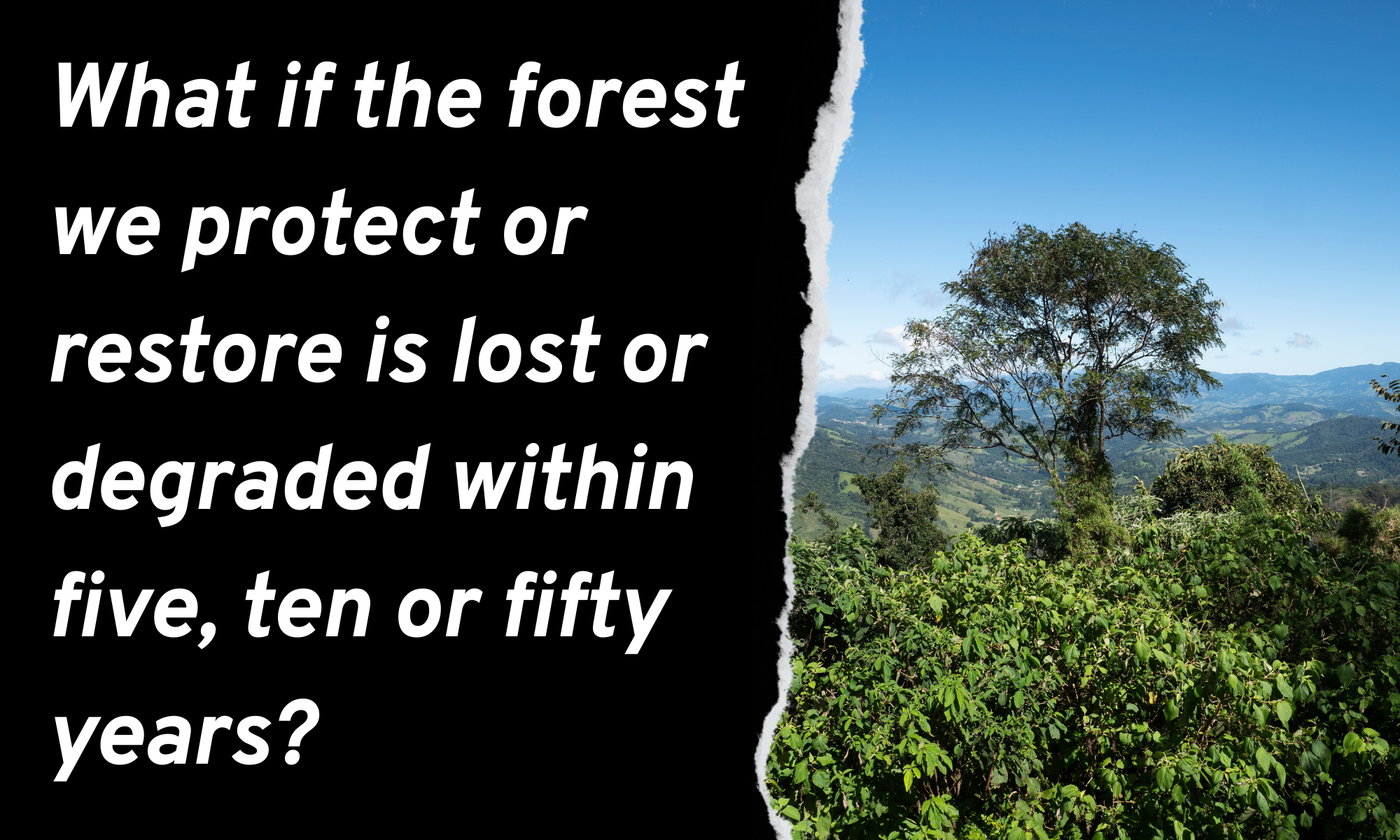
Financing, whether through the purchase of carbon offset credits or flows of international climate finance, is frequently (and rightly) questioned on the basis – What if the forest we protect or restore is lost or degraded within five, ten or fifty years?
If we take an overly pessimistic (some say cautious) view, we might give up on forests altogether. This would be akin to withdrawing healthcare from someone with a moderate illness on the basis that they might die, incurring a waste of resources. On the other hand we do need to be aware of the risks to permanence and indeed to use preventive tools to steward carbon stocks, hopefully to steer them from being vulnerable to more secure.
Forest Permanence, A Solution…
Forest Carbon Ratings (FCR) by Resilience Constellation is the first systematic, regularly updated, evidence-based approach to rating the resilience of carbon stocks across the tropical forest belt. FCR gives financial decision makers such as project developers, offset brokers and REDD finance teams a tool to estimate the relative risk of forests at municipal levels.
Forest Carbon Ratings: A Systematic, Evidence Based Answer
to the Forest Permanence Question
The Forest Carbon Ratings monitor the change in forestry levels over time as shown in the satellite timelapse sequence
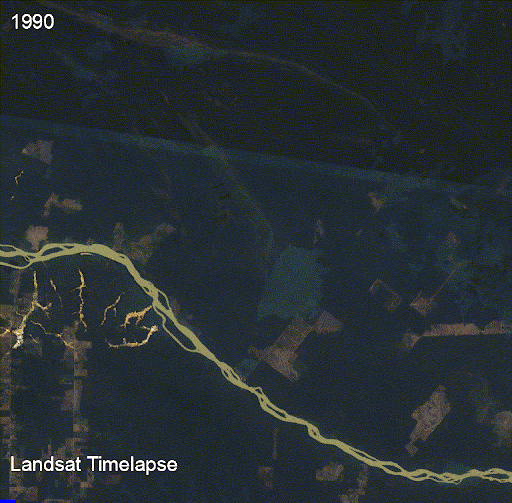
Time-lapse of Landsat imagery showing rapid
deforestation within the Para state, Amazonas.
We then transform these into actionable ratings that can be used to inform investment decisions at the municipal level.
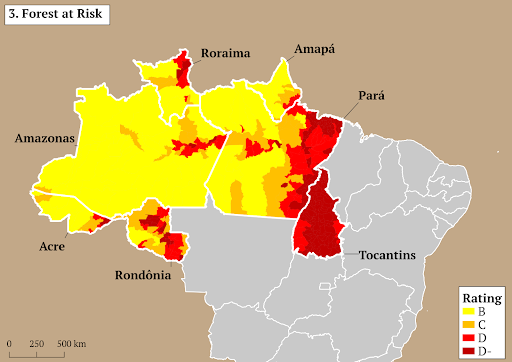
One of five FCR ratings depicting the relative forest risk across the municipalities of North Brazil. Highest risk can be seen in Tocantins and the eastern edge of Para. Whereas, lower risk occurs in less accessible, dense forests of Amazonas.
We believe this ability to make clear evidence based decisions at the level of local government brings together operational power and financial decision making in a way that optimises responses to the climate imperative.

